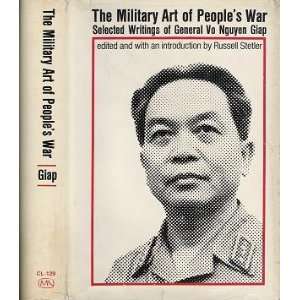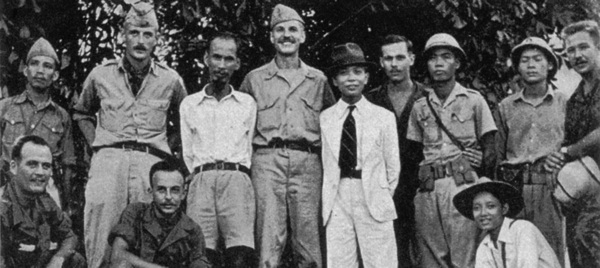--Paresh Nath, UAE
Does our ruin benefit the earth?
Does it help the grass to grow, the sun to shine?
Is this darkness in you, too?
Have you passed through this night?
--The Thin Red Line (1998)
There were many lessons from COP Keating.
One of them is that our troops should never, ever,
be put in a position
where they have to defend the indefensible
--President Obama bestowing the MOH
on SSG Romesha
There were many lessons from COP Keating.
One of them is that our troops should never, ever,
be put in a position
where they have to defend the indefensible
--President Obama bestowing the MOH
on SSG Romesha
_________________
{This is an outgrowth of the commentary @ milpub to "True Colors". This is submitted from an Infantryman's perspective -- an attempt to integrate your collective cache of knowledge on 50 years of institutional military experience.}
Per President Obama's statement above, defending the indefensible is a no-go, so why do it?
Why do we engage in combat, both offensively and defensively? The question applies to a rifle squad as well as a theatre Army. Whether fighting a counterinsurgency (COIN) or unconventional or guerrilla wars (UW/GW), why do we fight? Do we just fight to kill, or is there a military logic beyond the killing?
We put our soldiers into combat for one purpose: to facilitate future operations which will lead to a militarily achievable purpose that reflects a political reality. We do not fight for hopes or dreams, but for observable and verifiable achievements.
Why do we defend COPs -- small battle stations set on the frontier of a battle area? What should Commander's planning and guidance indicate before we even occupy the ground?
Obviously, any occupied terrain should be defensible. There must be mutual support to include logistics, personnel and supporting fires of all consideration. Historically, adjacent units provide direct fire to mutually support a friendly unit in distress. Defense is either hasty or planned, mobile or static. It is generally thought that static defense is to be avoided (think Bataan, Corregidor and Wake Island.)
So for a COP to be effective, it needs defensible terrain with adequate resources; wishful thinking does not count. Then it needs depth to the battle space, which implies a connection among all of the involved units. Reserve units historically are positioned within supporting distance, with reliable avenues of approach. This also allows engaged units to fall back to the reserve position if the situation deteriorates (or upon receipt of such orders.)
Strangely, all reported Afghan COP battles have lacked this feature. The soldiers in these COP battles could not withdraw to a friendly position on defensible terrain.
Soldiers should not be fighting for non-quantifiable metrics such as the love of the Afghan people for their government, for instance. Ranger cares that our soldiers fight and die, if necessary, for a purpose beyond the ratings bump of a saccharine news byte.
The United States can hang four Medals of Honor (MOH) from four COP fights around the necks of four extremely heroic soldiers, but that does not alter the nature of the fight. What did our good and true and loyal soldiers die for out on those hillsides? Will Afghanistan ever be a beacon of democracy? Do we even care?
Beyond that, to risk a Thin Red Line-like reverie ...
How did the Taliban become an enemy of the U.S.? Why is it our business to kill them? Are the people of Afghanistan our enemies or our friends? Further, what of other countries whose business we have been getting into -- Libya, Egypt, Tunisia, Syria and Iraq? Can the forces of arms achieve anything beyond the imposition of death? As the character of Capt. James 'Bugger' Staros thinks in "The The Thin Red Line", The tough part is, uh... Not knowing if you're doing any good. That's the hard part.
Now, a soldier on a COP does not ask these questions, but we as citizens should and must before sending the first soldier down range. It is to our eternal shame if we do not.
[cross-posted @ RangerAgainstWar.]




